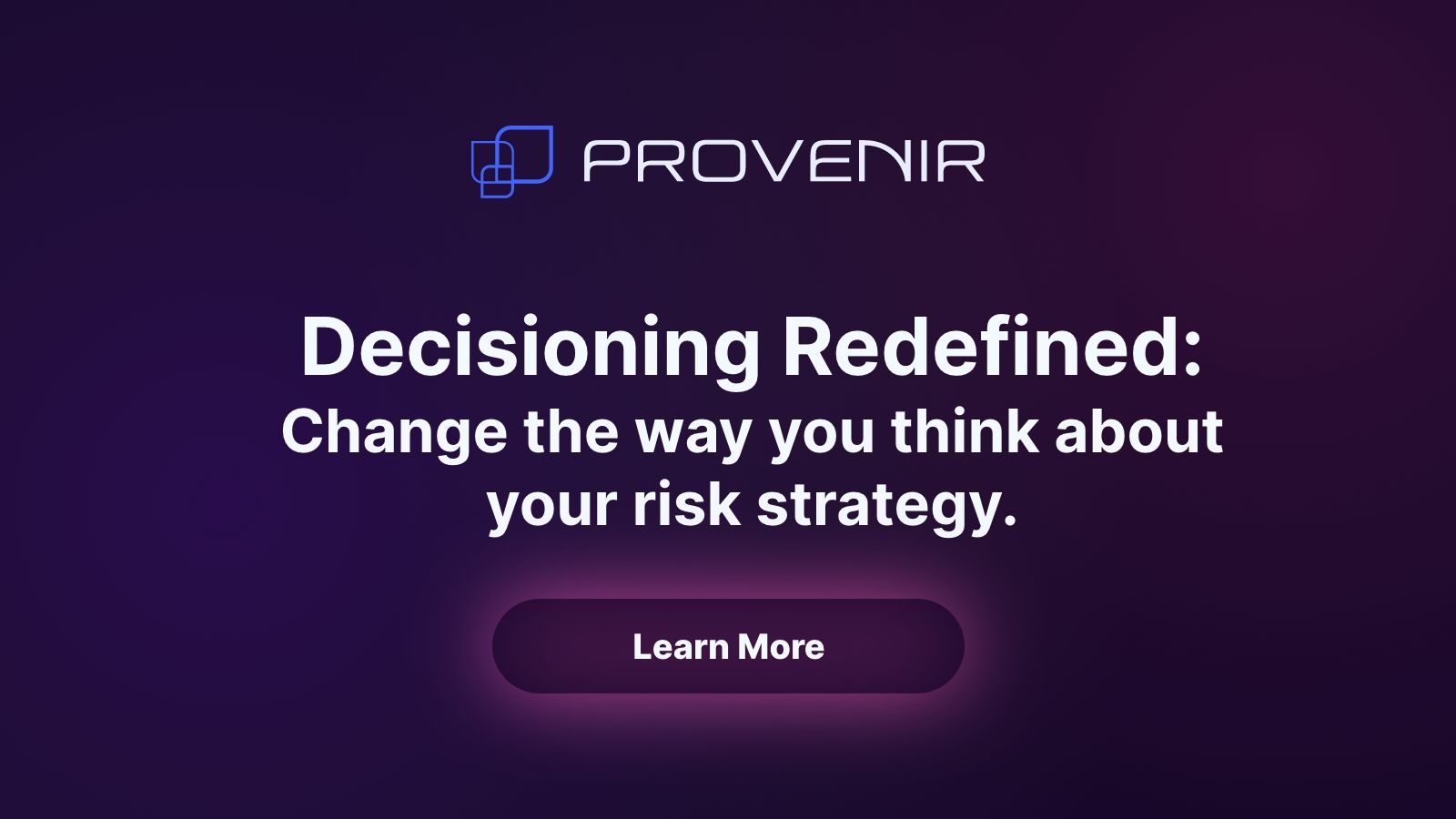Guest Blog: Future-proofing Your Business with Alternative Data Analytics
GUEST BLOG
Future-proofing Your Business
with Alternative Data Analytics
Ralitsa Boyadzhieva, Marketing Manager at FinScore
Despite the gradual recovery of society from the COVID-19 pandemic thanks to vaccinations, the digital means to make lending transactions are here to stay. It is safe, efficient, and convenient for both your customers and your lending business. The pandemic has acted as a catalyst for lenders to rapidly adopt digital technologies and stay competitive in this changing environment. Upgrading digital infrastructure introduces fundamental changes that can create more economic opportunities.
However, more digital technologies not only reel in more opportunities but also disadvantages. When it comes to future-proofing your financial services company, aim to grow by expanding your market reach while ensuring profitability by detecting fraudulent individuals who are more likely to default on their loans.
To achieve both, you can rely on alternative data credit scoring.
What is Alternative Credit Scoring?
Alternative data credit scoring is the umbrella term for credit scoring using non-traditional data sources and methods.
In traditional credit scoring, lenders manage their risk and reduction of bad loans by relying on credit bureaus that provide credit information on the consumers. They can learn if the loan applicant has been paying off loans on time, has ongoing loans, or has been blacklisted for not paying at all. But this only works for those who have a loan history. Besides this, they assess the socio-demographic profile of the borrower which can be found on the loan application form either in pen-and-paper or digital form. The lender may also use a credit scorecard, a type of credit model, that outputs a score predicting the probability that the borrower can repay the loan on time. With Alternative Credit Scoring, alternative data sources such as mobile usage, digital wallet usage, bill payment history, social media behavior, geolocation, and more can be aggregated to produce a credit score.
Boosting Your Market Reach by Serving the Unbanked Using a Telco Data Credit Score
The mobile phone has become a physical extension of a 21st-century human. Whatever model, size, or function it may have, each mobile phone owner has a SIM card so he or she can connect with the rest of the world. They use it to make phone calls, send messages, access a wide array of mobile applications — from social media to digital banking. As time passes, a user creates his or her mobile footprint such as, but not limited to, texting usage, data usage, voice usage, top-up patterns, SIM age, and more. These are telco data that is unique to each user.
Alternative data credit scoring, specifically telco data, can help verify, analyze, and assess the creditworthiness of the credit-invisible applicant. The credit-invisible market, also called the unbanked market, is a portion of the population who does not have any financial history they can leverage if they need to apply for a loan.
In the Philippines, in which our company is headquartered, 70% of the population remains unbanked. Telco data credit scoring can be the solution for banks and financial institutions in the Philippines to finally make the invisible market, visible. Not only visible but also reachable and possibly viable for future financially inclusive loan products.
Preventing Fraudulent Accounts by Using Social Media Data Analytics
Now that you have the confidence to serve larger volumes of customers, it is also important to add a fast and powerful way to extend credit to real customers. Fraudulent activities do not sleep. In fact, synthetic identities, bot attacks, and fraud attacks are more present in digital channels.
This is where Social Media Presence Data, which is another type of alternative data analytics, comes in.
Social media presence data is derived from public databases, which are near-real-time data. You can confirm an applicant’s identity with an e-mail address and/or mobile number. FindSocial, a fraud prevention tool, for example, can check more than 20 social media platforms, showing a user avatar and profile information in a simple interface. FindSocial also produces a Social Presence Score that can help you determine whether the customer’s social presence can be trusted or not.
The Future of Lending
Banks and financial institutions of any size are increasingly having positive perceptions towards Alternative Data Credit Scoring because not only can it increase their profitability but also reduce costs due to its speed and efficiency.
The COVID-19 pandemic has further pushed such businesses to transform the way they assess borrowers’ creditworthiness. Besides making their digital banking and/or lending mobile application available to the masses, the lending process, especially loan underwriting and disbursement needs to be fast, easy, and secure to keep up with the demand of the market and to stay ahead of their competitors.
Alternative data scoring provides borrowers with better, easier access to credit. If they apply for a loan from a lender that uses this particular type of credit scoring method, there is a higher probability they will qualify for credit applying for a loan with an establishment relying on traditional methods alone.
Summary
- Going digital can help financial institutions reach larger markets to serve. However, it can also attract fraudulent individuals.
- By leveraging alternative data in your analytics efforts, you can reach the large group of unbanked and underbanked individuals and prevent fake accounts from exploiting digital loopholes.
- Telco data is a type of alternative data that can determine the financial power and creditworthiness of a borrower using data variables such as SMS and call usage, top-up amounts and patterns, SIM age, and more.
- Social media presence data is a type of alternative data that enables fraud prevention and faster identity reviews.
- By using an advanced analytics platform, you can instantly confirm if an applicant’s declared e-mail address and mobile number are registered on more than 20 social media platforms.
Learn more on the Marketplace.




